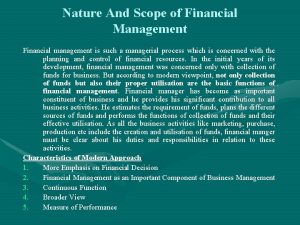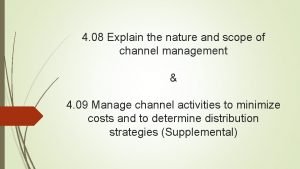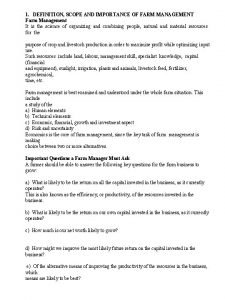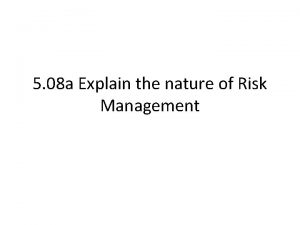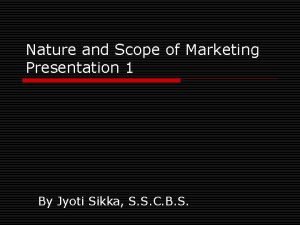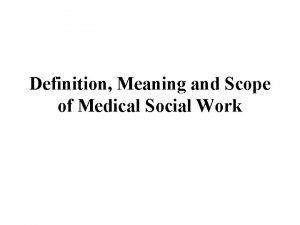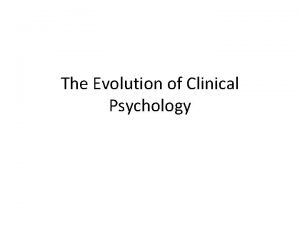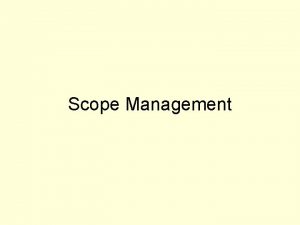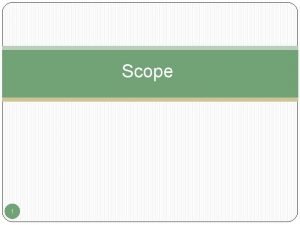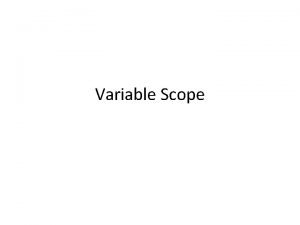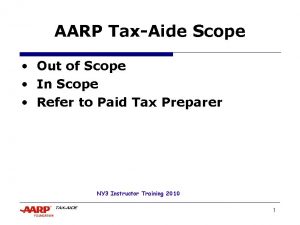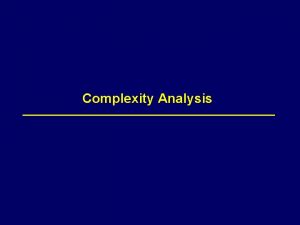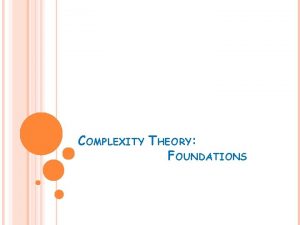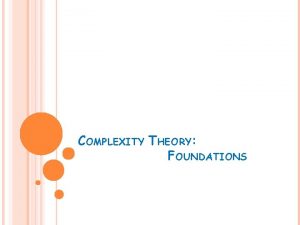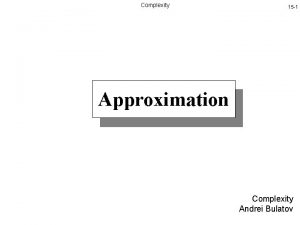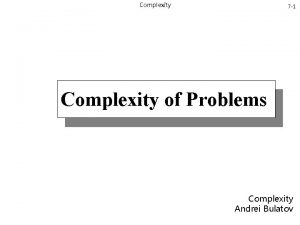INTRODUCTION TO ORGANIZATION MANAGEMENT NATURE SCOPE AND COMPLEXITY

















- Slides: 17

INTRODUCTION TO ORGANIZATION MANAGEMENT, NATURE, SCOPE AND COMPLEXITY Facilitator and Course Coordinator: Vinayshil Gautam Ph. D, FRAS(London) (Founder Director IIM K; Leader Consulting Team IIM S) A Al_Sager Chair Professor and First Head, Management Department, IIT D Chairman, DKIF 1

Nature of Organizations are all pervasive Family-First Organization Place of work –Another Organizations are required as needs cannot be satisfied by individuals Need for goods & services Sociological needs 2

Nature (contd. ) Means to wrest power and exert influence on others Requires designing organization structure in such a manner that: Objectives are achieved Jobs are well defined Information flow is smooth Coordination and control can be performed Eg : - Employee organizations 3

Characteristics of Organizations Specific purpose-documented or verbal Organizational members Hierarchies of Authority and Accountability Operate at some ‘state’ at all times Strategies required if moving from chaotic conditions to healthy conditions Part of macro environment consisting of society, competitors, vendors, financial institutions Have a Value system Structure 4

Dimensions of organizations Structural organization Processes Behavioral 5

Analogy of organization with human body Structure Anatomy Processes Physiology Behavioral Psychology 6

Structure Related Issues Top Level Middle Level Lower level Right Hierarchy What should be span of control Designing of line and staff functions Nature of Management Information System Work Methods Job Definition Performance Appraisal methods 7

Process Related Issues Top Level Middle Level Top to bottom Bottom to top Across horizontal levels Lower Level Centralized or Decentralized Decision making Patterns of Communication Way of Coordination Control Mechanism to be adopted 8

Behavior Related Issues Nature of affiliation of Human Beings How members are motivated or demotivated Influence through inter personal affiliations & group formations Nuances of leadership Most Uncertain and unpredictable aspect of organizations 9

Organizational Development (OD) OD refers to coping strategies or interventions which enable the organizations to consciously move from ‘chaotic’ conditions to those which promote healthy operations to achieve organizational effectiveness. It includes: Design Interventions Technology Assessment Management by objectives Diversification and growth Strategies Training and Development 10

Rightsizing is management’s reduction in their organization’s use of human and/or capital resources to correct misalignment and improve performance when organization decline and environment decline are present. 11

Reasons for Rightsizing ORGANIZATION DECLINE GENERATED BY MISMANAGEMENT Requires Structural arrangements/changes in: Standardization Formalization Centralization Structural differentiation ENVIRONMENT DECLINECAUSED BY CHANGES IN COMPETITIVE ENVIRONMENT Requires strategies directed at an organization’s domain: Changes in breadth of products Changes in markets 12

Strategies for rightsizing I. Structural and Domain retrenchment II. Structural Retrenchment and Domain Reorientation III. Structural Reorientation and Domain Retrenchment IV. Structural and Domain Reorientation 13

I. Structural and Domain retrenchment Resizes the organization and enhances efficiency & output DOMAIN RETRENCHMENT STRUCTURAL RETRENCHMENT Breaks current portfolio of products/markets Increases separation between performance of work and its evaluation Increases horizontal differentiation Span is reduced & layers of authority are added 14

II. Structural Retrenchment and Domain Reorientation-leads to organic shift in organization STRUCTURAL RETRENCHMENT Increase vertical differentiation Decreased formalization and standardization DOMAIN REORIENTATION Identify defensible core of products or markets Increase effort within that domain 15

III. Structural Reorientation and Domain Retrenchment-mechanistic shift in organization structure STRUCTURAL REORIENTATION White collar layoffs Direct employment cuts Layers of authority are eliminated DOMAIN RETRENCHMENT Elaboration of products & markets thru horizontal differentiation to pinpoint troubled domains 16

IV. Structural and Domain Reorientation. Organic shift in organization STRUCTURAL REORIENTATION Decreases in standardization Decreases in formalization DOMAIN REORIENTATION Decrease in horizontal and vertical differentiation 17
 For loop space complexity
For loop space complexity The modern approach to financial management view
The modern approach to financial management view Explain the nature and scope of channel management
Explain the nature and scope of channel management Nature and scope of channel management
Nature and scope of channel management Importance of farm management
Importance of farm management Strategic financial management outlook is in nature
Strategic financial management outlook is in nature Cost accounting objectives
Cost accounting objectives The nature of risk
The nature of risk Nature of risk in insurance
Nature of risk in insurance Nature and scope of marketing management
Nature and scope of marketing management Explain the nature and scope of psychology
Explain the nature and scope of psychology Chapter 1 introduction to management and organizations
Chapter 1 introduction to management and organizations Scope of physics
Scope of physics What is marketing nature scope and importance
What is marketing nature scope and importance Nature and scope of managerial economics
Nature and scope of managerial economics Medical social work definition
Medical social work definition Nature and scope of clinical psychology
Nature and scope of clinical psychology Public administration meaning nature and scope
Public administration meaning nature and scope

